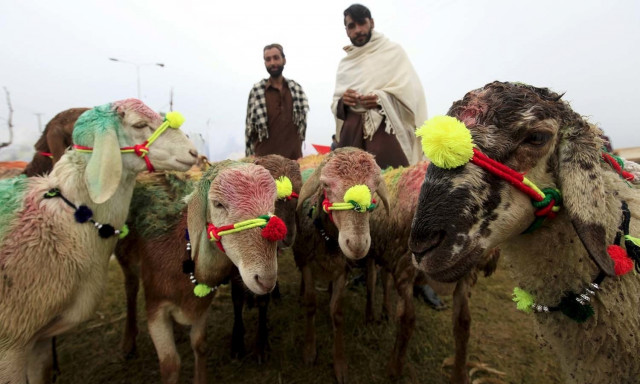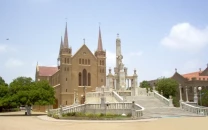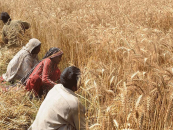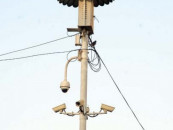‘Sindh’s indigenous cattle breeds at risk of extinction’
Experts express concern over declining population of livestock

Indigenous breeds of cattle in Sindh are fast becoming endangered, fear academicians, farmers and civil society representatives. Speaking at the inauguration of the National Centre for Livestock Breeding, Genetics and Genomics sub-centre at Sindh Agriculture University (SAU), Tandojam, in Hyderabad on Tuesday, the experts expressed deep concern over rapidly declining population of buffaloes, goats and purebred breeds of various livestock, including sheep. They emphasized the need for using science and technology to preserve those breeds.
SAU Vice Chancellor Dr Fateh Marri said Sindh is the second largest milk and meat producing province in the country. "But the danger of extinction of the hereditary and rare breeds of animals is growing and there is a pressing need to save them". Marri said the SAU is well aware of its role in the face of the stated situation and that the varsity is committed to help local farmers benefit from the institution's extensive research on the subject.
Dr Qamaruz Zaman, VC of Pir Mehar Ali Shah Arid Agriculture University, Rawalpindi, pointed out livestock farming opportunities in Sindh and praised the research work and interest of SAU experts in the field. "Agriculture and livestock have now converted into an industry. Therefore, the academic will have to work in concert with the public and private sectors on joint projects," he suggested.
Meanwhile, Dr Bekha Ram Devrajani, VC of the Liaquat University of Medical and Health Sciences (LUMHS), Jamshoro, noted that the SAU is equipped with the infrastructure to conduct research and experiments in animal husbandry and veterinary sciences. He said that LUMHS is willing to collaborate with the SAU faculty for certain joint researches.
Read Poultry, livestock exports to Afghanistan allowed
Ali Akbar Dars, a progressive farmer, recalled the time when Tharparkar's cows used to produce 20 to 22 kilogrammes of milk. He lamented that milk production by the desert region's cows has dramatically changed due to poverty, climate issues and successive droughts. "But we can still hope to save our own breeds of hereditary animals with the help of academia."
Dr Parshotam Khatri, in-charge of the sub-centre's project, apprised that the centre will conserve the reproductive pure seeds of cattle, buffaloes, cows, goats, sheep and other livestock. He added that the field work will also be carried out over the rare breeds to protect the endangered species of healthy and rare animals of Sindh. According to him, DNA tests will also be conducted to verify purebreds.
The Faculty of Animal Husbandry and Veterinary Sciences Dean Dr Syed Ghiyasuddin Shah Rashdi, Dr Aqeel Memon, Dr Rehana Bariro and other experts also addressed the event.
The Sub-Center of National Livestock Breeding, Genetics and Genomics has been established at the Department of Animal Reproduction, Faculty of Animal Husbandry and Veterinary Sciences in collaboration with the Higher Education Commission.
Published in The Express Tribune, October 6th, 2021.



















COMMENTS
Comments are moderated and generally will be posted if they are on-topic and not abusive.
For more information, please see our Comments FAQ